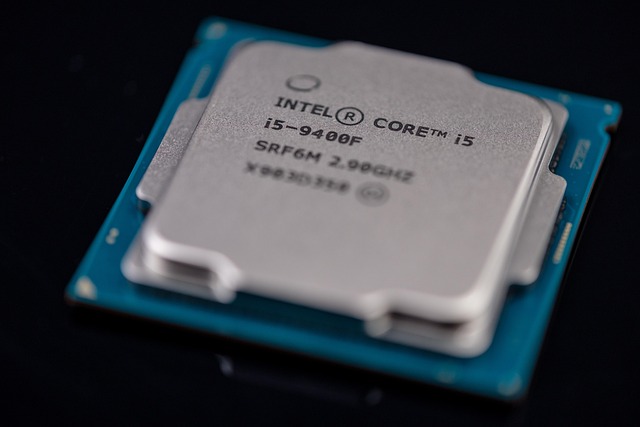Treasury Secretary Scott Bessent and Commerce Secretary Howard Lutnick confirmed on Tuesday that the Trump administration is considering an unusual investment in struggling semiconductor giant Intel. However, the officials offered slightly different perspectives on the purpose of such a move, leaving analysts and industry insiders to debate whether the focus is on national security, corporate support, or financial return.
If executed, this deal would represent a rare scenario in which the U.S. government invests taxpayer funds directly into a private company, raising questions about precedent and policy.
Stabilizing U.S. Chip Production
In an interview Tuesday morning, Bessent emphasized that the goal of any potential stake in Intel would be to strengthen American technology infrastructure rather than generate direct profits. “Any investment would be intended to help stabilize the company for chip production here in the U.S.,” he said, adding that the administration does not plan to pressure companies into buying Intel products.
Reports suggest the government is considering converting grants provided under the CHIPS and Science Act into an equity stake, potentially around 10% of Intel. Bessent noted that such a move is primarily about addressing the “national security concern” of overreliance on Taiwan, which currently produces the majority of the world’s semiconductors. “For national security, we have to stop that single point of failure,” he said.
Lutnick echoed the importance of domestic chip manufacturing, citing both economic and security priorities. Yet he also highlighted that Trump’s approach differs from previous administrations by seeking a tangible return on investment. “The Biden administration was literally giving Intel money for free,” Lutnick said. “Donald Trump turns that into saying, ‘Hey, we want equity for the money.’ America should get the benefit of the bargain.”
Industry Reactions and Broader Implications
Intel has declined to comment directly on reports of the investment but reaffirmed its commitment to supporting the administration’s goal of advancing U.S. technology and manufacturing leadership. A White House spokesperson called the discussions speculative until officially announced.
Industry analysts note that this potential investment comes in the context of other regulatory and trade actions. Nvidia and AMD recently agreed to pay 15% from chip sales in China to obtain export licenses, illustrating how the U.S. government is increasingly involved in the global semiconductor market. Sources suggest that if a stake in Intel moves forward, it could serve as a template for future government involvement in other tech companies.
Intel’s Challenges and Trump’s Tech Agenda
Intel has struggled to keep pace with competitors such as Qualcomm and Nvidia in the mobile and AI chip markets. The company recently announced plans to reduce its workforce by approximately 15% as part of broader restructuring efforts.
For Trump, investing in Intel aligns with his broader agenda of revitalizing U.S. manufacturing and reinforcing America’s leadership in technology. The president has emphasized domestic expansions by major firms, including Apple, TSMC, and Nvidia, as critical political achievements, even though many of these projects were underway prior to his administration’s interventions.
The proposed Intel stake highlights the intersection of technology, national security, and government policy, and it could reshape the way the U.S. approaches strategic investments in high-tech industries.




